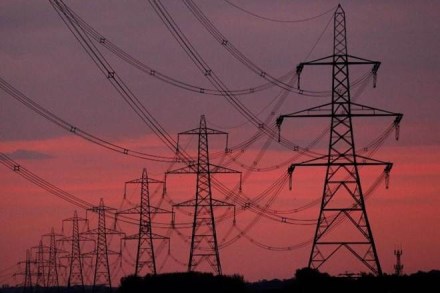Lower power tariff for industrial consumers can be a trigger to kick-start the economy by increasing industrial production, experts said on Thursday.
“It is the time to review the policy of cross subsidisation of power as this plays a part in making our industries non-competitive,” former finance secretary Subhash Chandra Garg said at an online panel discussion on the power sector.
Though the industrial and commercial sectors consume about half of electricity supplies, they contribute more than 70% of the revenue of state-run power distribution companies (discoms). Tariffs on domestic consumers is on an average around 40% lower compared with industrial users.
“If you supply power to industry at a lower rate, chances of industry power demand coming back faster is much higher,” Garg said. Echoing similar sentiments, Girish Pradhan, former chairman of the Central Electricity Regulatory Commission, said the government should think of novel ways to lower the cost of power so that when manufacturing industries resume production, they are not overburdened with high electricity tariffs.
Suggesting the ways how power prices could be reduced, Arun Kumar Verma, former joint secretary at the Union power ministry, said the price of coal can come down if railways reduces charges for transportation, as currently it is not required to cross-subsidise lower passenger fares through higher freight rates. Coal comprises 44% of railways’ freight revenues. With every unit of electricity requiring about 63 gram of coal, transportation cost of coal ranges from Rs 0.13/unit to Rs 1.85/unit, depending on the distance.
Another way of reducing power prices is by temporarily reducing higher guaranteed return on equity that regulated utilities earn, Verma said.
The panelists were speaking in a webinar titled ‘Electricity Discoms in India post-Covid-19’, organised by Brookings India.
